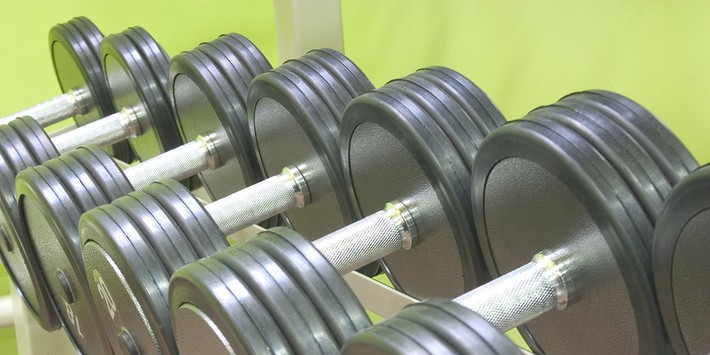Is Your Fitness Business Maximizing Your Equipment Investment?
Did you know that fitness businesses spend an average of just under $85,000 on new equipment annually, according to the IHRSA Health Club Equipment Report? This is a significant expense, and one that can be critical to coming out ahead in today’s fitness business competitive landscape. Here’s a closer look at three tips aimed at supporting wise decision-making when it comes to maximizing your equipment investment.
1. Let your business goals lead the way.
Fitness equipment is available at a variety of price points. While you might instinctively gravitate toward the cheaper equipment, this can be a short-term move that hurts you in the long run. After all, saving a few dollars now on equipment now is a waste if it doesn’t perform to your members’ expectations or if it breaks in the near future.
Conversely, investing in the highest-quality equipment you can afford can be a harder pill to swallow, but it will pay for itself if it lasts longer. Durability is imperative. Furthermore, if your goal is to grow your gym and your membership, premium equipment will best support your growth goals.
This also means buying enough equipment to support your membership goals. A fully outfitted gym will not only make sure members have access to machines and equipment when they need them, but will also be more appealing to prospective members.
2. Know the needs of your membership.
Different fitness businesses have different membership goals. Understanding your target members is essential to keeping up with the competition. This is not only applicable to the products, programming, and services you offer, but also to the type of equipment you purchase.
For example, if you’re a general gym with a diverse membership, purchasing user-friendly, versatile equipment such as treadmills, resistance machines, and dumbbells can help ensure that your bases are covered.
Meanwhile, if you’re catering to a niche membership, such as bodybuilders and powerlifters, you’ll want to designate a larger portion of your budget to equipment like weight plates, cable machines and barbells. Ultimately, it’s not about buying the equipment that other gyms have, but rather about buying the equipment your target audience wants. The better you showcase this to prospective members, meanwhile, the more easily you’ll convert prospects into paying customers.
3. Embrace the technology imperative.
Not only is technology here to stay, but fitness enthusiasts expect it as part of the gym-going experience. It’s not for nothing that wearables claimed the top spot on the American College of Sports Medicine's roundup of the top 10 fitness trends for 2020 marking the fifth consecutive year fitness monitoring technology made it into the top three.

Said ACSM Past President Walter R. Thompson, Ph.D., FACSM, the lead author of the survey and associate dean in the College of Education and Human Development at Georgia State University in Atlanta, “Wearable tech has become ingrained in today’s culture, and the industry shows no signs of slowing down. Tech advances have made it easier than ever for users to collect important health metrics and work with fitness professionals and health care providers to improve exercise efficiency, develop healthy lifestyles, manage chronic diseases and, ultimately, increase quality of life.”
The takeaway for fitness business owners looking to maximize member performance and satisfaction? Be sure to prioritize technology when planning and budgeting for fitness equipment.
Fitness business owners have many things to consider when it comes to keeping their gyms up and running. Using these three tips to make smart fitness equipment-buying decisions can offer a critical inside edge. To learn more about wearables and their potential to boost your member recruitment and retention initiatives, download the AccuroFit catalog.




Join the conversation